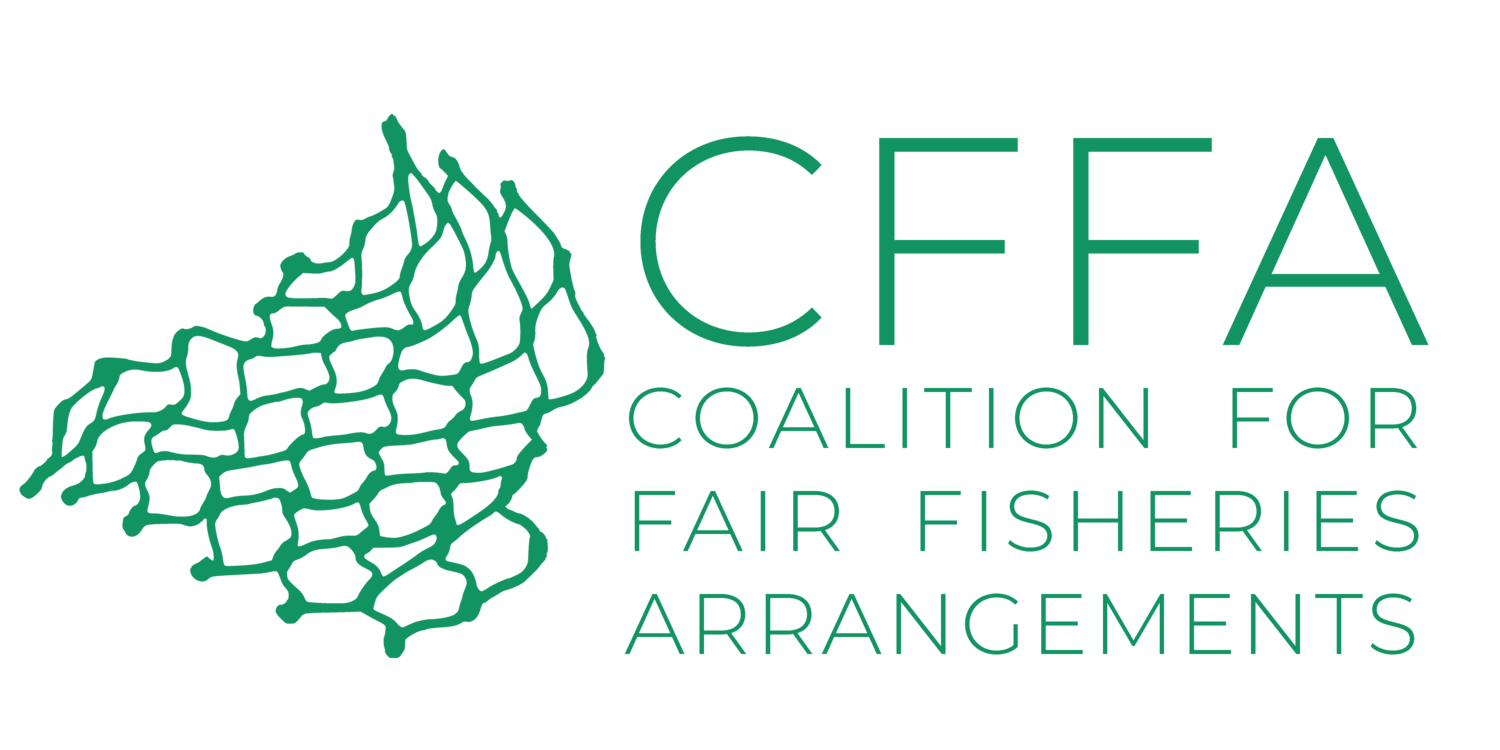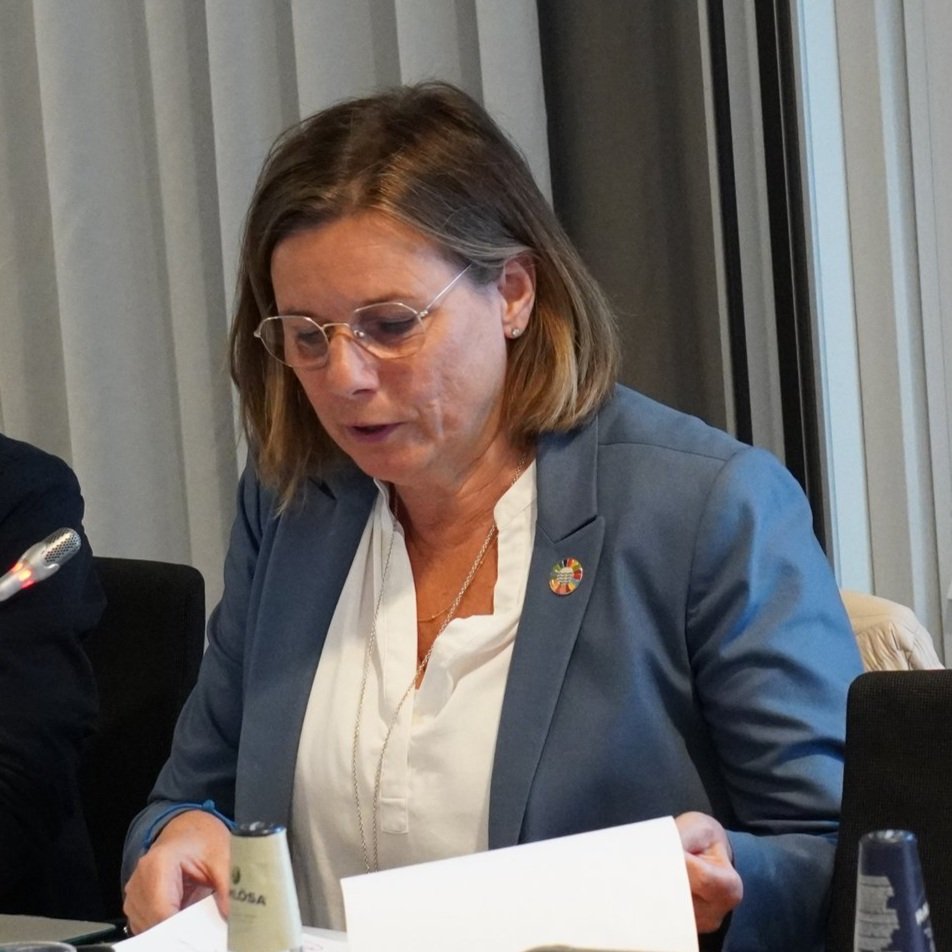BY Isabella Lövin
Isabella is a former MEP (2009-2014), rapporteur on the external dimension of the Common Fisheries Policy, author of the book Silent Seas – the Fish Race to the Bottom (2009), former Deputy Prime Minister, Minister of Development and Minister of Environment and Climate (2014-2021) of Sweden.
This article was first published on EUobserver. We reproduced and translated into French this content with their permission.
Just a few decades ago the EU was heavily criticized for its “pay, fish and go”-approach when negotiating fisheries access agreements with third countries.
The fleets were accused of over-fishing and competition with local fishermen, thereby contributing to food insecurity and a strong sense of injustice and exploitation in many local communities, not least in Africa.
Step by step this approach has changed over the years, turning the fisheries agreements into so called partnership agreements with around 15 countries in the global south, with the aim of strengthening the countries own fisheries management capacities - while paying for access to a surplus of fish that the country cannot fish domestically. In that process the agreements have changed name and shape, first to Fisheries Partnership Agreements (FPAs), and then in the reform of the Common Fisheries Policy (CFP) in 2013 to Sustainable Fisheries Partnership Agreements (SFPAs).
I myself was the rapporteur in the European Parliament of the latest reform of the external dimension of the CFP, and now ten years later I can say that I am happy to see that the changes we made to these agreements have actually made a difference. The independent evaluation recently published is overall very positive, recognizing that with the new provisions - for the first time enshrined in the Basic regulation of the CFP in 2013 - the SFPAs now constitute a solid framework for cooperation with coastal states very far from the “pay, fish and go”-approach.
“The recent evaluation notes that SFPA now constitute a solid framework for cooperation with third countries, far from the “pay, fish and go” approach””
There is now much better coherence and synergies with EU development cooperation strategies, the so-called de-coupling of the sectoral support from the access fees that we introduced has been successful in making the support more adapted to real needs of the partner country, and bringing a whole new transparency to the money flow. The stakeholder consultation process has been more inclusive, including with women organizations. And the EU has also taken a more regional approach which has led to improvement in cooperation on management and research of shared fish stocks between neighboring countries. The requirement for scientific proof of a surplus of fish that can be fished by others than the domestic fleet has also made real difference.
However, the evaluation also points to a very serious challenge, which we recognize from many other policy areas. And that is the competition from other foreign actors, less concerned with sustainability, and more interested in just paying, fishing, and going. In 2013, we were hoping for a “race to the top” to occur, when the EU would offer a much more transparent and responsible approach to the SFPAs, that would in turn encourage coastal states to put similar demands on other distant water fishing fleets. This has not been as successful as we hoped for. The evaluation emphasizes that there needs to be improved application of the “non-discrimination clause” and more transparency from the coastal states, to ensure that the standards imposed on EU vessels through SFPAs will also extend to other fishing fleets having access to the same waters. This is also important when it comes to so called joint ventures and chartering arrangements, not least when the real beneficial owner of a boat is an EU national.
Also, full transparency on all the terms and conditions of all the foreign and domestic actors is crucial to make public scrutiny and political accountability possible. Here there is still a lot more to be done, including more transparency on the impact of the EU sectoral support.
“Taxpayers’ money should contribute to making sure that the fish that enters the EU market follows the rules of sustainability and transparency, rather than paying for private fleets operating in third countries””
One question keeps coming back when debating the EU fisheries agreements with the global south and that is: why should taxpayers pay for private fishing fleets operating in third countries? The answer is: we shouldn´t. The EU external fleets can pay for the fishing access by themselves and actually do already, although not always the full cost. What taxpayers should contribute with however, is making sure the fish that enters the EU market – where now 70 percent of all fish that is consumed is imported – is following rules of sustainability and transparency worth more than the paper they are written on. That means there must be support to capacity building on monitoring and control, science, vocational training, and infrastructure, among other things, in many partner countries.
Also, in the middle of a climate crisis the EU has a big responsibility to continue to show leadership and reduce its global ecological footprint. In the CFP there are provisions for prioritizing giving fishing access to those that fish in the most responsible way, more selectively, emitting less CO2 and collecting data for instance, and that instrument should be used, thereby creating a race to the top, rather than to the bottom.
Banner photo by Paul Einerhand.








Taking the example of the Mauritius law and looking at the general principles in international law, Pieter van Welzen looks specifically at the obligations of coastal states and their obligations to regulate their own vessels who fish in the waters of another state or in the high seas. The author also looks at cooperation between states in the monitoring of foreign vessels and finally, at how the EU can support developing coastal states in fulfilling their obligations.